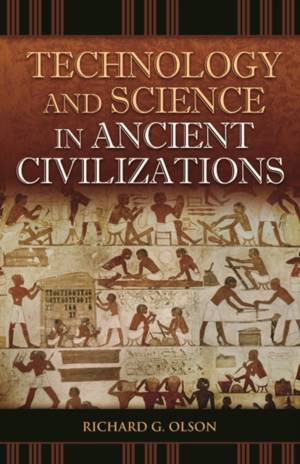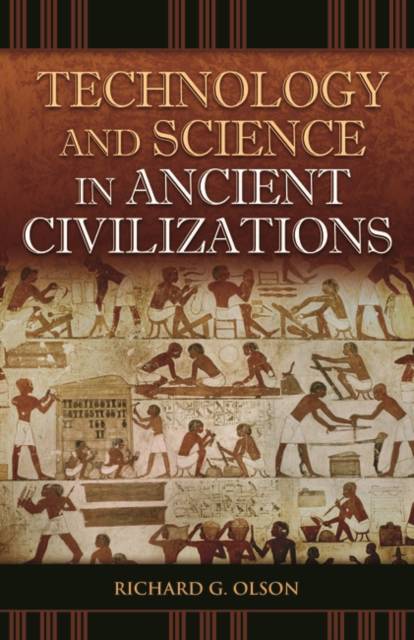
- Afhalen na 1 uur in een winkel met voorraad
- Gratis thuislevering in België vanaf € 30
- Ruim aanbod met 7 miljoen producten
- Afhalen na 1 uur in een winkel met voorraad
- Gratis thuislevering in België vanaf € 30
- Ruim aanbod met 7 miljoen producten
Zoeken
Technology and Science in Ancient Civilizations
€ 127,45
+ 254 punten
Omschrijving
Why did the Greeks excel in geometry, but lag begin the Mesopotamians in arithmetic? How were the great pyramids of Egypt and the Han tombs in China constructed? What did the complex system of canals and dykes in the Tigris and Euphrates river valley have to do with the deforestation of Lebanon's famed cedar forests? This work presents a cross-cultural comparison of the ways in which the ancients learned about and preserved their knowledge of the natural world, and the ways in which they developed technologies that enabled them to adapt to and shape their surroundings. Covering the major ancient civilizations - those of Mesopotamia, Egypt, China, Greece, the Indus Valley, and Meso-America - Olson explores how language and numbering systems influenced the social structure, how seemingly beneficial construction projects affected a civilization's rise or decline, how religion and magic shaped both medicine and agriculture, and how trade and the resulting cultural interactions transformed the making of both everyday household items and items intended as art. Along the way, Olson delves into how scientific knowledge and its technological applications changed the daily lives of the ancients.
Specificaties
Betrokkenen
- Uitgeverij:
Inhoud
- Aantal bladzijden:
- 276
- Taal:
- Engels
- Reeks:
Eigenschappen
- Productcode (EAN):
- 9780275989361
- Verschijningsdatum:
- 1/12/2009
- Uitvoering:
- Hardcover
- Formaat:
- Genaaid
- Afmetingen:
- 169 mm x 242 mm
- Gewicht:
- 553 g

Alleen bij Standaard Boekhandel
+ 254 punten op je klantenkaart van Standaard Boekhandel
Beoordelingen
We publiceren alleen reviews die voldoen aan de voorwaarden voor reviews. Bekijk onze voorwaarden voor reviews.







